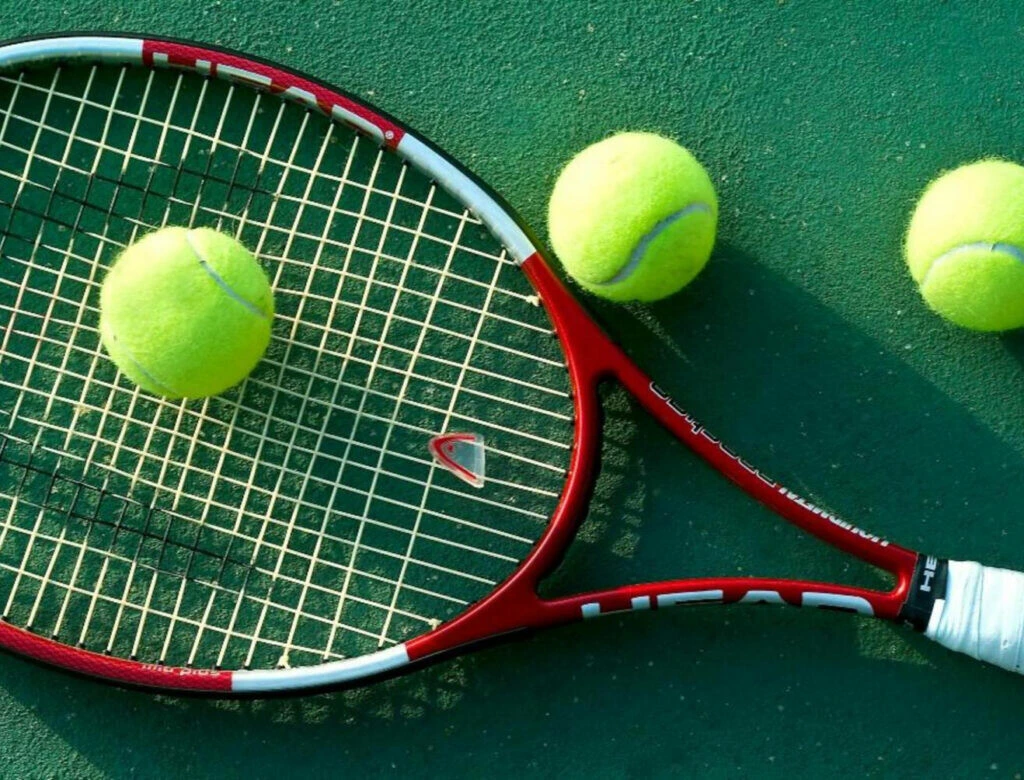Grand tennis is a fine art that requires not only physical fitness but also a deep understanding of the rules. Every time the ball is played on the court, a real strategic duel unfolds, where the winner is the one who skilfully combines strength, precision and tactical thinking. We invite you to dive into the world of this interesting game and discover all its secrets.
The basic rules of tennis: from serve to win
The traditional rules set the basic framework for all players, ensuring fairness and a level playing field. Every detail of the game is important, from the serve to the change of sides. Knowledge of the rules of tennis helps to control the situation on the court and react in time to the actions of the opponent.

Obligatory elements of the game:
- Serving begins with a player throwing the ball up and striking it, trying to direct it as accurately as possible into the opponent’s playing area. A successful serve is the key to a confident start to the game.
- Receiving a serve requires quick reaction and the ability to anticipate the trajectory of the ball. It is important to stay focused and ready for any surprises from the opponent.
- A change of sides occurs every two games, allowing the players to adapt to different conditions, such as light or wind. This ensures a level playing field for both players.
It is important to consider the rules of substitution of sides, which allow balance and equality between the players.
How to learn to play big tennis: tips for beginners
How to master the game of big tennis from scratch? First of all, it is important to understand that training starts with learning the basic elements. The first of these is suitable equipment, without which a quality game is impossible. The rules of big tennis include clear requirements for equipment: the tennis racket must be comfortable and suitable for the level of the player, and the ball must be well-made and certified.
Tips for beginners
 Beginners should pay attention to serving technique and correct body position on the court. The first practice sessions focus on shot placement and coordination:
Beginners should pay attention to serving technique and correct body position on the court. The first practice sessions focus on shot placement and coordination:
- Choosing a racquet. You should choose a racquet that is appropriate for your fitness level and height. Lightweight models are ideal for beginners as they make it easier to control your strokes.
- Serving Technique. It is recommended to start with a basic flat serve, gradually improving its strength and accuracy.
- Coordination. Exercises to improve reaction and movement on the court will help you learn the game faster.
An effective strategy is to combine drills to improve technique and fitness. Learning the game step by step makes it easier to adapt and feel confident on the court. For those starting their tennis journey, it is important to avoid serving errors and follow the rules to develop confidence and accuracy.
Serving in tennis: how to do it right
The serve plays an important role in determining the outcome of a game. The ability to serve correctly is one of the basic skills that every tennis player should possess. It is important to take into account the technique: the movement starts with a smooth rise of the ball, followed by a powerful shot directed towards the opponent.
Beginning tennis players should pay attention to great players like Pete Sampras and Roger Federer. Pete Sampras’ powerful and accurate serve became his calling card. His trademark backspin service forced his opponents to retreat to the backhand line, opening up an opportunity for the American to finish the point with a powerful forehand. Roger Federer possessed one of the most elegant and effective serves in tennis history. His ability to change the spin and speed of the ball allowed him to create unpredictable situations and throw his opponents off balance.
Scoring in tennis: simple rules for understanding a match
The system may seem complicated, but it is actually very logical. Each match is divided into sets, and a set is divided into games. The winner of a game is the one who first scores four points, which are labelled “15”, “30”, “40” and “game”. The peculiarity of the score is the necessity of winning with a difference of at least two points. The rules of a tennis match provide for the possibility of an extra game if the score in a set becomes tied.
To better understand the tennis scoring system, it is useful to familiarise yourself with some basic terms:
- Game. The part of a set won by the player who first scores four points.
- Set. Consists of games, usually six games must be won with a difference of at least two games.
- Tie-break. A special game played to determine the winner of a set if the score reaches 6:6.
Tennis court and equipment: features and selection
The tennis court is where all the action unfolds. Knowing the characteristics of the surface helps you to choose the right strategy and adapt your playing style. Each surface places different demands on the players’ technique and fitness.

Types of courts:
- Grass Courts.The game becomes more dynamic, short shots and trips to the net are often used. Quick reaction and manoeuvrability become key factors.
- Dirt courts. Matches last longer, players spend more time on the backline using topspins and long draws. Stamina and tactics play an important role.
- Hard courts combine the characteristics of grass and dirt courts, which makes the game varied and unpredictable. The versatility of the surface allows you to adapt different styles of play.
Conclusion
 As we can see, the rules of big tennis are not just a set of formalities, but the foundation on which the whole game is built. Their understanding allows you not only to enjoy spectacular matches, but also to go out on the court and enjoy the game yourself. Knowing the rules is the key to success for beginners and experienced tennis players.
As we can see, the rules of big tennis are not just a set of formalities, but the foundation on which the whole game is built. Their understanding allows you not only to enjoy spectacular matches, but also to go out on the court and enjoy the game yourself. Knowing the rules is the key to success for beginners and experienced tennis players.
 en
en  de
de  ar
ar  es
es  nl
nl  hi
hi  fr
fr  it
it  pt
pt  el
el 











